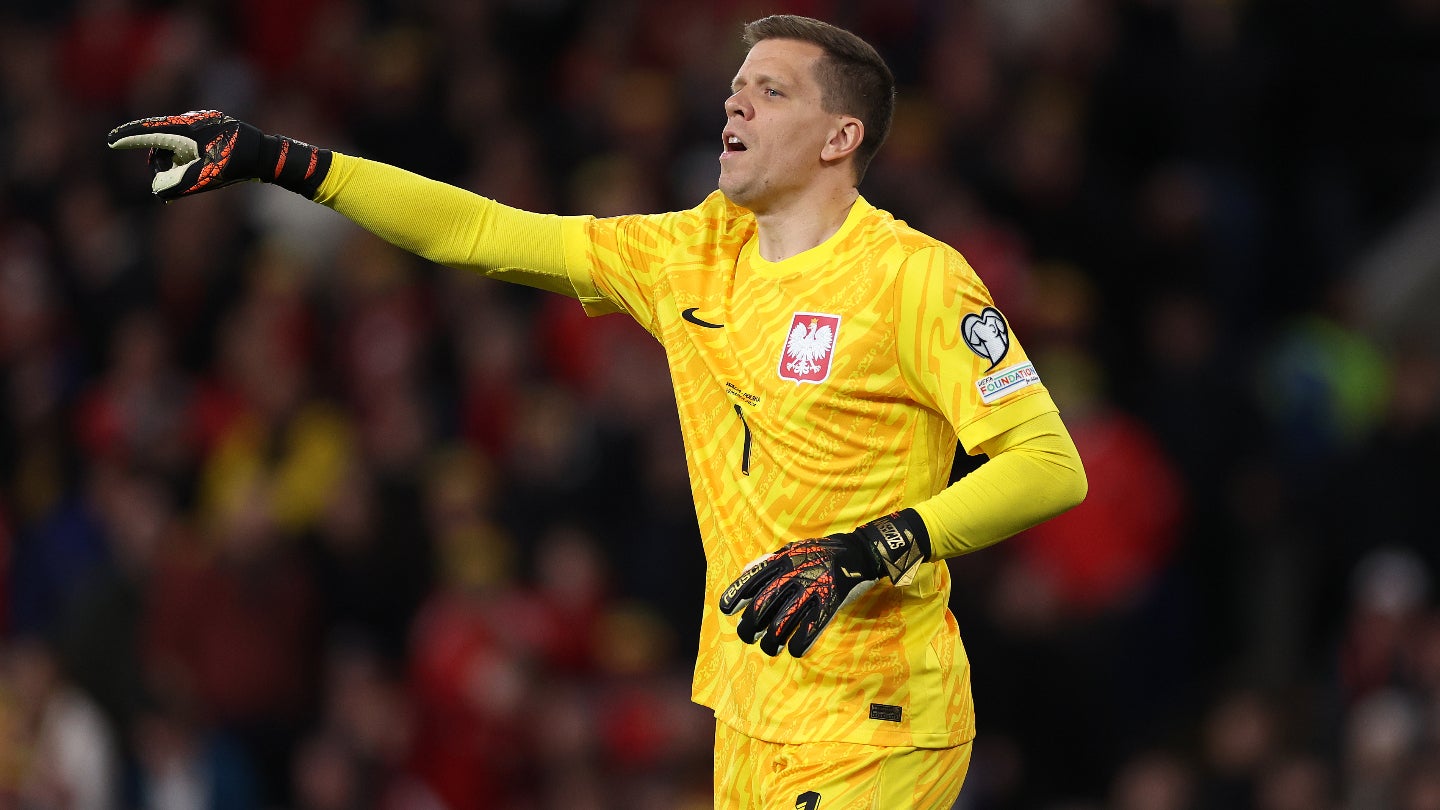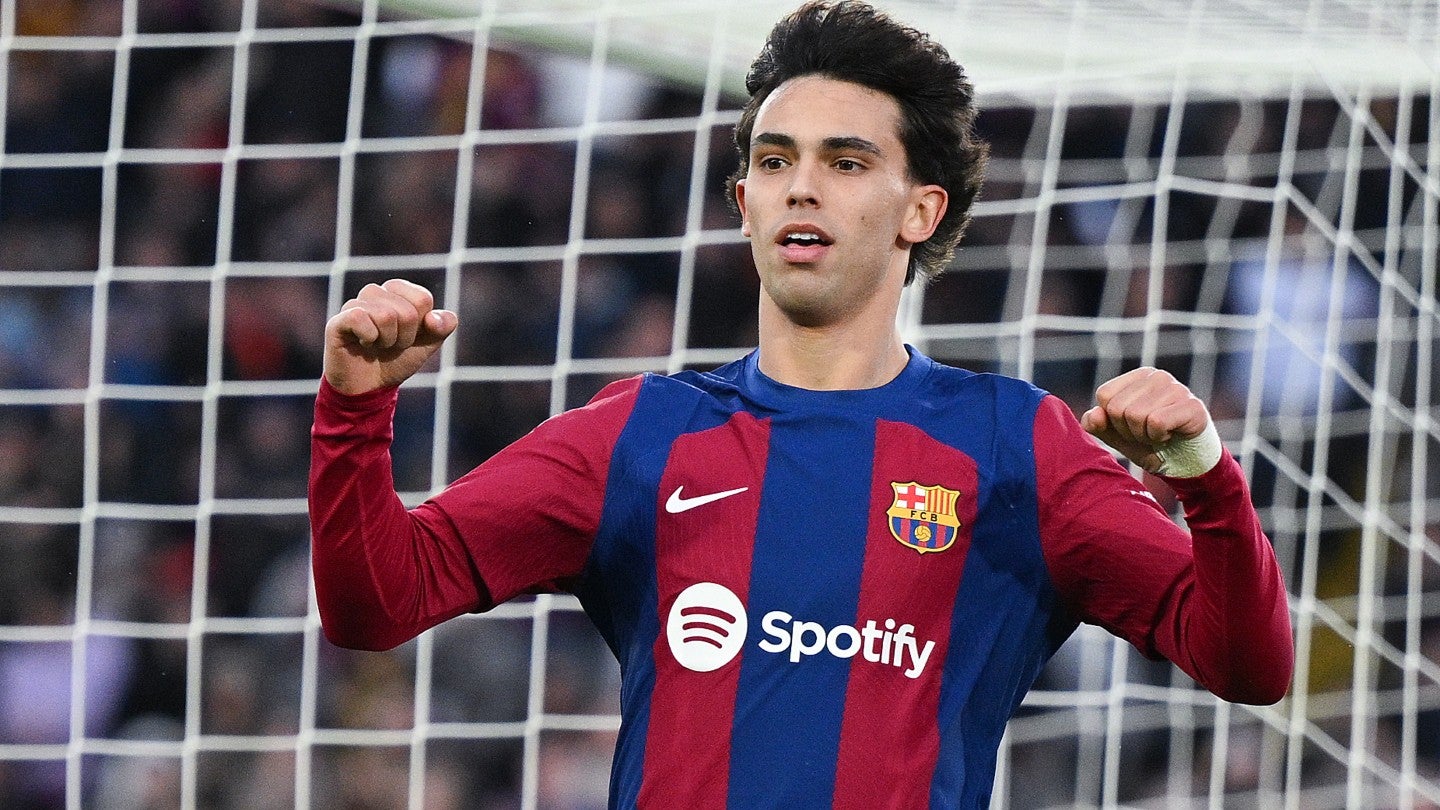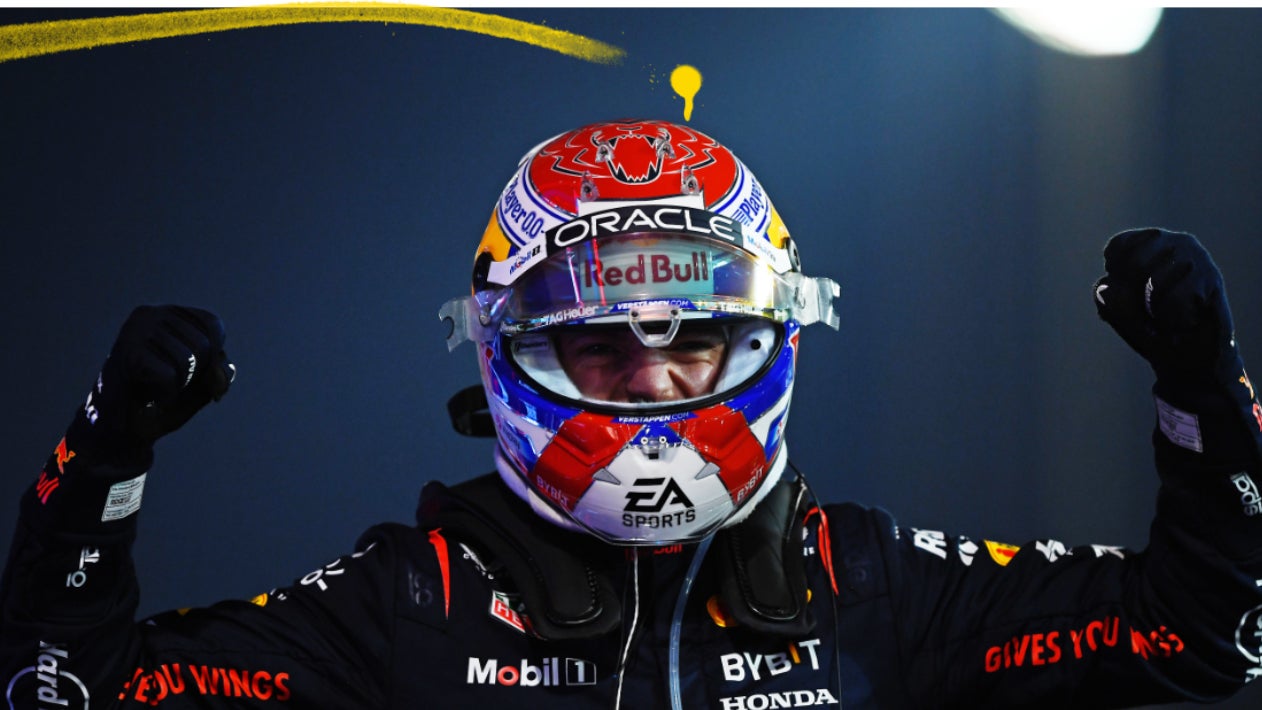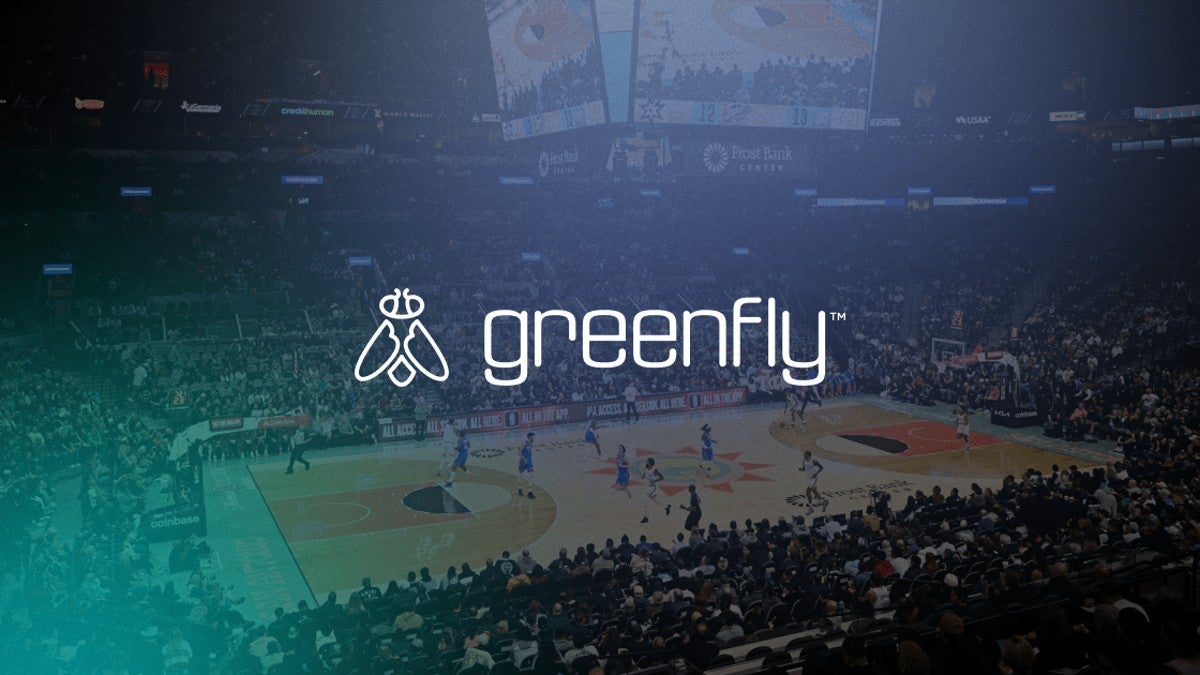
At great personal risk of future
ridicule, I am calling the top of the market in terms of broadcast rights for
elite football. My evidence is based on the belief that the most successful
organisation of the last 20 years in selling media rights has been the English
Premier League and in its most recent rights sales cycle, it has become
apparent that, even for this doyen of commercial excellence, some sort of
ceiling has been reached.
The final reckoning on the next three-year cycle has the scoreboard as follows: an overall value of £9.2 billion, with a split of £5 billion for the domestic rights; and £4.2 billion for International rights. Such riches would content most rights owners but they mask a disturbing truth. Namely that for the domestic rights the cycle-on-cycle trend was static. Yet even more alarming was that stagnation was also apparent in the global markets as well. Save for two massive deals secured over two cycles in the USA (NBC) and China (PP-Sports), the picture would have shown cycle-on-cycle decline.
If this is the case then the latter
trend is the most alarming for all elite sports rights holders, since it is the
growth of International media markets that has been the key source of growth
for almost two decades. The Premier League has been the trailblazer and
consequently its fortunes in this regard must be seen as the canary in the cage
for the market overall.
That a plateau has been reached is made more concerning by the threat of further erosion from piracy
That a plateau has been reached is made more concerning by the threat of further erosion from piracy, which appears to continue unabated, with those in authority powerless to plug the dam. As if this were not bad enough, digital platforms have begun eating the dinner of the linear media business model, and it is this model that has sustained the almost continuous growth of elite sports rights for a generation.
So if football has enjoyed an almost uninterrupted bull market for its content rights for 25 years, what is it to do if this primary cash resource appears to be drying up? Moreover, what will be the media model that emerges from the plagues of piracy, the growth of digital advertising platforms and the decline of the linear TV model?
How well do you really know your competitors?
Access the most comprehensive Company Profiles on the market, powered by GlobalData. Save hours of research. Gain competitive edge.

Thank you!
Your download email will arrive shortly
Not ready to buy yet? Download a free sample
We are confident about the unique quality of our Company Profiles. However, we want you to make the most beneficial decision for your business, so we offer a free sample that you can download by submitting the below form
By GlobalDataForty years ago sponsorship was the only show in town with media rights an unregarded bonus, tolerated because it provided the audiences which attracted the sponsors. For the 1978 World Cup, Fifa unveiled its first modern sponsorship programme. The model was one in which the ratio of sponsorship revenue to media revenue was close to 90:10. Fast forward to now, and Premier League revenues are 98:2 in favour of media rights.
This startling reversal in the relative
importance of income streams may hold a clue to the future of elite sports in a
world where consumers are losing the will to pay for content, traditional
broadcasters are losing the war for advertising budgets to the digital giants
and audiences for elite sports are increasingly global.
We now need to look at the advertising business in order to develop the full prognosis. For 100 years major advertisers and their agencies have planned and bought media via conventional channels such as newspapers, print, outdoor and latterly television and radio.
This arrangement is now under attack from media fragmentation and consumer cynicism with profound consequences for advertisers, the media and the agencies. We are at an inflection point in which the two bellwethers for advertising, Unilever and Procter and Gamble have both made a startling and recent change of strategy.
Historically the mainstay of linear television (remember they invented the soap opera), both organisations have made the decision to build their advertising around engagement and platforms which deliver not just eyeballs, but contextualised eyeballs. The pair are looking to both buy and create audiences which have a passion for the content and the context in which the message appears. They are also looking at how this operates as a creative territory and how they can develop fully integrated sponsorship strategies that work not only on the broadcast platform but at the event and experiential level.
Building complex portfolios of rights and assets across multiple geographies provides a far deeper and engaged relationship with consumers than was ever possible via a 30-second advert in UK television’s Coronation Street or even a Champions League match. It is these developments that will shape the broadcast landscape for football and sport over the coming 10 years.
In a world where content is king, sport is the king of content and king of kings is elite football
This trend offers a fascinating opportunity for the owners of the content that most engages global consumers, namely music, entertainment but above all, sport. In a world where content is king, sport is the king of content and the king of kings is elite football. Moreover, the core axiom in elite sport is that talent follows money, eyeballs follow talent and money follows eyeballs (Carling’s axiom).
So, we have a world where conventional
media has topped out and its business model is under siege from piracy and the
digital platforms. In addition, the digital platforms are eating an ever-greater
share of the advertising cake. Meanwhile the advertisers themselves are
questioning the benefits of pure audience reach and frequency and seeking ways
to reach their consumers via more engaging and integrated platforms with a
range of creative and assets.
The conventional wisdom has it that the digital platforms will eventually step forward and replace the linear broadcasters as the buyers of elite sports content. There is evidence of this emerging but it is clearly far from a core strategy and is driven by the desire to feed the voracious appetite of programmatic buying algorithms. Investment strategies for the digital platforms are by and large decided on the west coast of America, and as a consequence football (soccer) is often not understood and is seen as something for which other countries hold an unfathomable passion.
Nevertheless, as the major brands transition to ‘engagement marketing’, the media platforms will have to adapt, especially the FANGs who will inherit the media-buying world. Even the most vehement football agnostic cannot ignore the sport’s global appeal and the consistent growth of the elite competitions in evangelising their product to new markets. The increasing concentration of wealth and talent into few competitions is set to continue. It is for this reason that rights for elite sports in particular, if properly packaged, can become the new cash cow.
The business model would see the
disappearance of public broadcasters as platforms for elite live sports rights,
a trend already well advanced in anything other than highlights. The gradual
elimination of mixed schedule commercial broadcasters would also seem
inevitable (except where protected by legislation as with the World Cup and European
Championships). The final phase will see those specialist broadcast platforms
reliant on subscription revenues similarly removed from the dance because they
can no longer compete and in time will have had their model eliminated by the
twin famines of piracy and competition for advertising revenue.
The giants that will inherit this world will be those platforms that can offer global connection to a ubiquitous audience, unhindered by the constraints of geography. The model will take sport full circle back to the early days of commercial television. Advertisers will fund the acquisition of rights on behalf of the platforms and will to all appearances be like the soap brands of old.
In return, they will receive what current media buying cannot deliver, namely a targeted consumer via a passion platform with fully integrated rights beyond the broadcast platform. In such a world, it will become necessary for the rights owners to act smartly by integrating their own rights with the media platforms.
From a commercial perspective, elite sports rights owners should redefine themselves as media and content businesses
From a commercial perspective, elite
sports rights owners should redefine themselves as media and content businesses
and hire and structure themselves accordingly. This redefinition and focus
cannot happen too early.
It is probable that in order to fund
this development, rights owners themselves will take a share of advertising
revenues. It may even be that with certain sports some premium rights will be
held back and kept behind a paywall for premium services. Again, rights owners
will call the shots and must balance revenue needs against the benefits of mass
exposure and advertising revenue.
One other key watch-out will be to avoid the assumption that the inheritors of this brave new world will be from the USA. There is every possibility that the impetus will come from markets like China where powerful imitations of Amazon, Google and Facebook have been allowed to flourish and are now set to storm global markets backed by huge wells of capital. Elite sports also sit well with the country’s social and economic priorities as well as offering a proven model for extending soft power.
In summary, the key trends of
fragmentation, consumer cynicism and piracy pose an existential threat to elite
rights holders and linear media platforms alike. As with all things that are
intrinsically desirable however, the very best content will find a new way to create
value. This will most likely take sport back to its very early commercial
origins with advertisers funding the presentation of elite sport on digital
media platforms, both currently imagined and yet to emerge. This model will be
perfectly suited to their need to reach consumers in a more engaging and
integrated way.
For the platforms, they need only the vision, the reach and the resources to become the giants of tomorrow’s world. From a rights owner perspective the future is extremely bright but playing what is a very strong hand correctly will still take skill. The key watch-outs remain. As legendary Liverpool manager Bill Shankly said 50 years ago, “the things that are important in football now will still be important in 50 years’ time.”
One of those important things, and for Shankly probably the most important thing, was that the fans are at the core of all value and must be treated accordingly. Fans are the lifeblood not only for professional sport but also for the media that follows sport. Rights owners have a duty to maintain and grow the fans’ passion and allegiance with every asset in their armoury. This is true at federation, competition and club level.
Failure to understand that ownership in
sport is merely custodial is a crime and those that transgress are always punished
in the long term. Remember fans of chariot racing once destroyed Constantinople
in a riot over race-fixing. That sport is not even popular in Rome nowadays.
Sportcal







